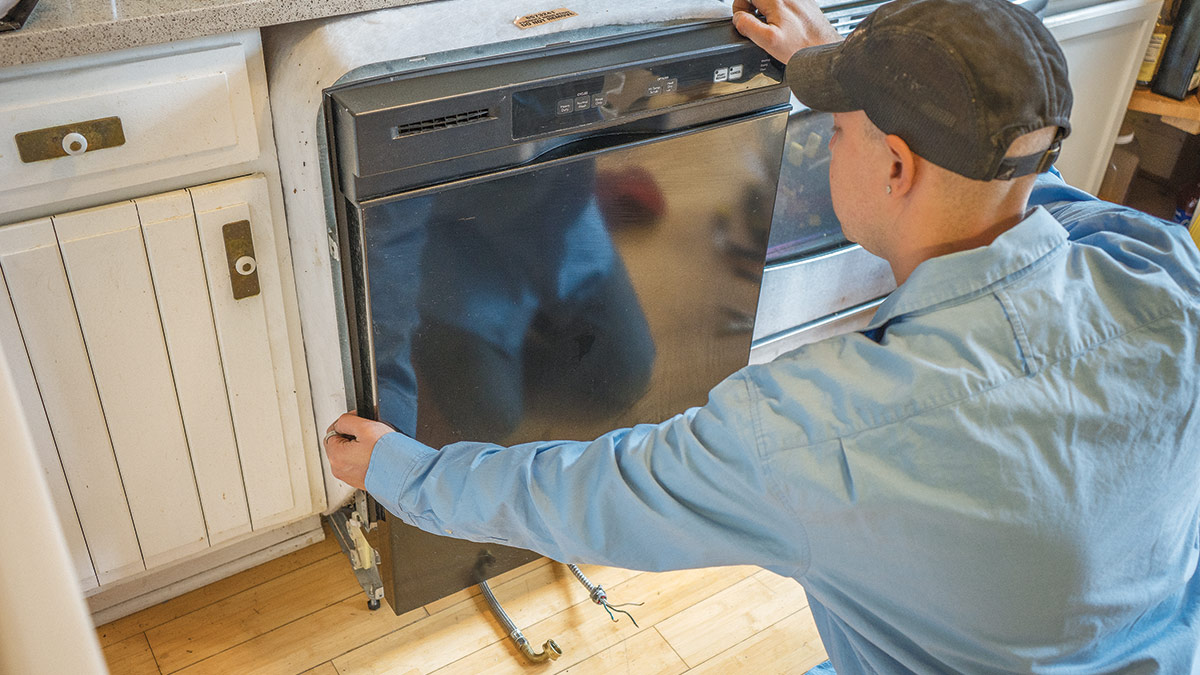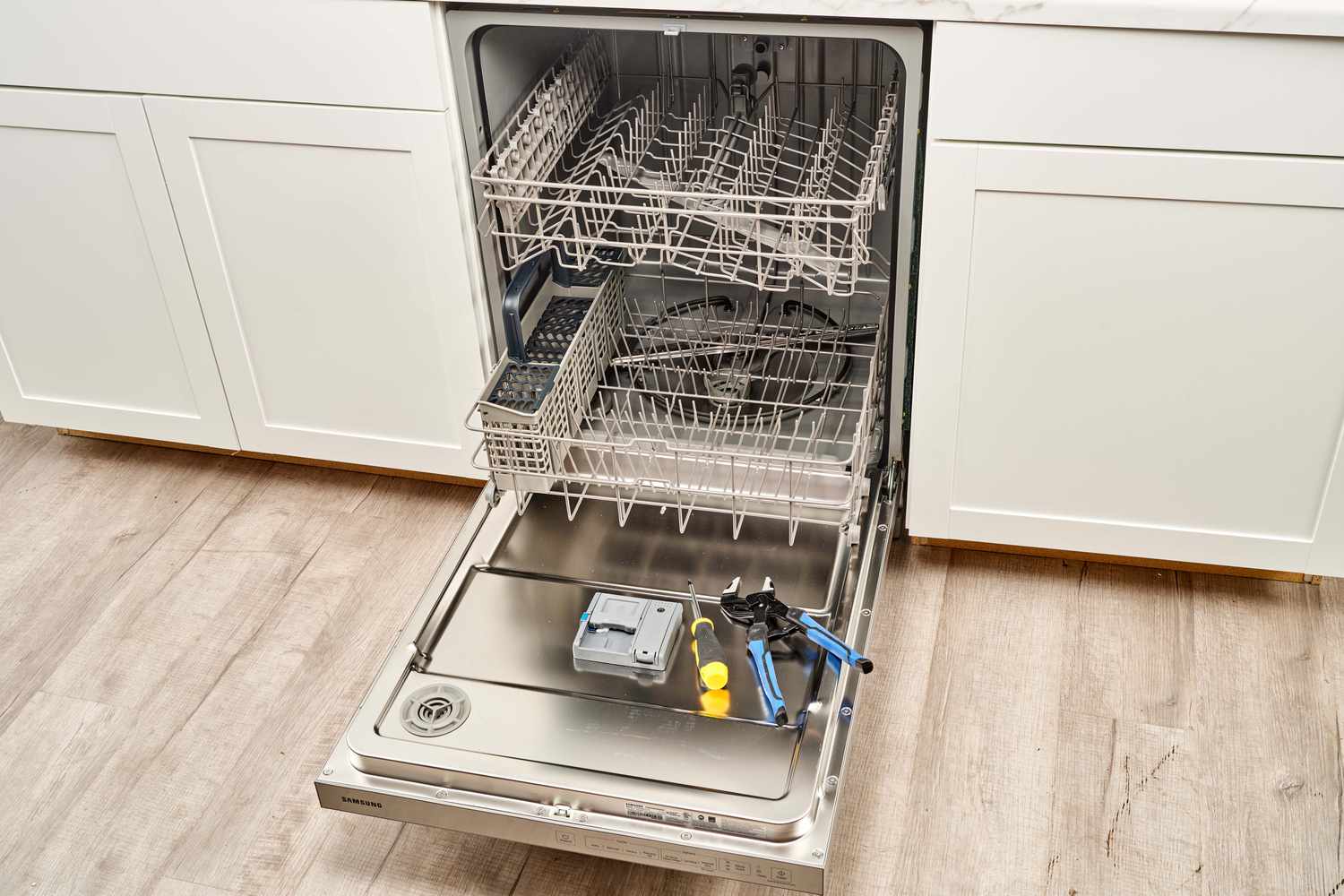Introduction
A. Replacing a dishwasher is a practical and rewarding task that can enhance the efficiency and convenience of a kitchen. Whether upgrading to a more modern appliance or addressing the need for a replacement due to wear and tear, understanding the step-by-step process is essential for a successful installation. Replacing the dishwasher offers the opportunity to upgrade to a more energy-efficient model, a dishwasher with advanced features, or simply replace a worn-out unit to improve the overall functionality of the kitchen. The process of replacing a dishwasher involves careful preparation, assessment of the existing space, and gathering necessary tools and materials to ensure a smooth and efficient transition to a new appliance.
B. By following a comprehensive guide and gaining familiarity with the key considerations involved, individuals can confidently approach the replacement of a dishwasher, ensuring a seamless transition to a new and improved kitchen appliance. Understanding the steps involved in the process, from shutting off utilities and disconnecting the old dishwasher to successfully installing and testing the new unit, empowers homeowners to tackle the replacement with confidence and expertise. With the right approach and attention to detail, the replacement of a dishwasher can lead to a more functional and aesthetically pleasing kitchen space.

I. Preparing for Replacement
A. Assessment of Existing Dishwasher
– Inspect the current dishwasher for any damage or issues that may have led to the decision to replace it.
– Consider whether the new dishwasher will fit into the existing space and if any adjustments are needed.
B. Gathering Necessary Tools and Materials
– Compile a list of tools required, such as adjustable wrench, screwdriver, pliers, and safety equipment like gloves and safety goggles.
– Ensure that the necessary materials, including new water supply lines, electrical wires, and fittings, are readily available.

II. Turning off Utilities and Disconnecting the Old Dishwasher
A. Shutting off Water and Power Supply
– Locate the shut-off valve under the sink and turn off the water supply to the dishwasher.
– Cut off the power to the dishwasher by switching off the dedicated circuit breaker in the electrical panel.
B. Disconnecting the Plumbing and Electrical Connections
– Disconnect the water supply line and the drain hose from the dishwasher, ensuring that no water remains in the lines.
– Carefully disconnect the electrical wires and remove the old dishwasher from its location.
III. Removing the Old Dishwasher
A. Emptying and Cleaning the Work Area
– Remove any items from the space around the dishwasher to create a clear and accessible work area.
– Clean the space left by the old dishwasher, removing any debris and ensuring a clean surface for the new installation.
B. Uninstalling and Removing the Old Dishwasher
– Follow the manufacturer’s instructions to remove the mounting brackets and any securing screws that hold the dishwasher in place.
– Gently slide the old dishwasher out from its space and set it aside for disposal or recycling, ensuring it is handled safely.

IV. Preparing the Space for the New Dishwasher
A. Measuring and Adjusting for Proper Fit
– Measure the height, width, and depth of the new dishwasher and compare these dimensions to the space available for installation.
– If necessary, make any adjustments to the cabinetry or countertop to ensure a proper fit for the new appliance.
B. Ensuring Adequate Plumbing and Electrical Connections
– Verify that the water supply line, drain hose, and electrical wiring are accessible and meet the requirements for the new dishwasher.
– Make any necessary adjustments or modifications to the plumbing and electrical connections to accommodate the new appliance.
V. Installing the New Dishwasher
A. Connecting Plumbing and Water Supply
– Connect the water supply line to the dishwasher’s water inlet valve, ensuring a secure and leak-free connection.
– Attach the dishwasher’s drain hose to the sink’s drain or garbage disposal, following the manufacturer’s instructions.
B. Securing the Electrical Connections
– Connect the electrical wires from the new dishwasher to the corresponding wires in the electrical junction box, following local electrical codes.
– Ensure that all connections are properly secured and insulated to prevent electrical hazards.

VI. Testing and Checking for Leaks
A. Running Test Cycle and Ensuring Proper Function
– Turn on the water supply and power to the dishwasher, and run a test cycle to ensure that it operates correctly.
– Check for any unusual sounds, leaks, or malfunctions during the test cycle and address any issues accordingly.
B. Conducting Leak Checks and Making Adjustments as Needed
– Inspect the water supply and drain connections for any signs of leaks, and make adjustments as necessary to achieve a watertight seal.
– Carefully monitor the dishwasher during a full cycle to ensure that there are no leaks or performance issues.
VII. Finalizing the Installation
A. Securing the Dishwasher in Place
– Once the dishwasher is functioning properly and without leaks, secure it in place by attaching it to the underside of the countertop with mounting brackets.
– Ensure that the dishwasher is level and securely anchored to prevent movement during operation.
B. Restoring Utilities and Testing for Operation
– Turn on the water supply and power to the dishwasher, and conduct a final test to ensure that it operates smoothly and efficiently.
– Check for proper drainage, water supply, and electrical function, and make any final adjustments as needed.

VIII. Troubleshooting and Tips
A. Addressing Common Installation Challenges
– Be prepared to troubleshoot common issues such as fitting challenges, water supply or drainage problems, and electrical connection issues.
– Consult the manufacturer’s instructions, online resources, or seek professional assistance as needed to address any installation challenges.
B. Maintenance and Care Tips for the New Dishwasher
– Familiarize yourself with the recommended maintenance and care instructions provided by the manufacturer to ensure optimal performance and longevity of the new dishwasher.
– Regularly clean filters, inspect hoses and connections, and adhere to maintenance schedules to keep the dishwasher in excellent condition.
A. In conclusion, successfully replacing a dishwasher requires meticulous preparation, careful disconnection and removal of the old appliance, precise installation of the new unit, and thorough testing.
B. With diligent attention to detail and a commitment to safety, the process of replacing a dishwasher can culminate in a rewarding upgrade to the kitchen, promoting a more convenient and pleasant living environment.